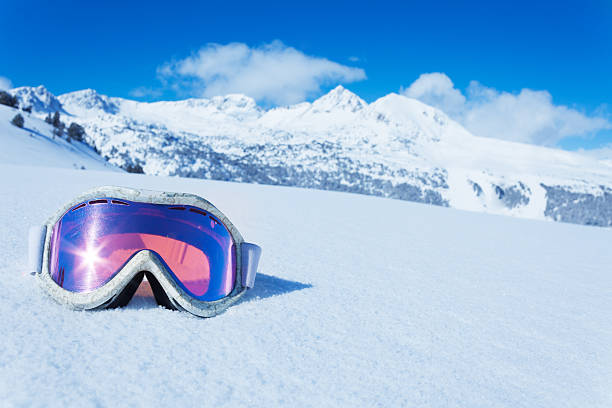PORTLAND, Ore. (KOIN) – “Wow the snow is blinding me! What is the deal with how bright everything is? It’s not even sunny outside.”

There is a reason for this, but let’s talk about what has been going on first. We’ve had a snowy February and that snow has taken quite some time to melt away. You may be just riding in the car with your parents to the store or you may be thinking about getting out to go sledding and you’re eyes are squinting from how bright it is. You may be thinking, “I need some sunglasses for this.”
It’s not like the snow is a source of light like the sun. What is going on?

Well, you’re getting the reflection of the light off the snow, which is what we refer to as albedo.

Albedo: the amount of light that is sent back out during the process of reflection. You may think of this as the amount of radiation that is given back from a surface after the initial solar radiation strikes that surface. Check out the image below.
Not all surfaces are the same!


Notice as the sun beams down onto specific surface, that some absorb the radiation and others essentially reflect it back out. Snow has the highest albedo, outside of a thick cloud up in the sky. Snow may reflect 95 percent of the sunlight, which is why it is so bright out after it snows even when it isn’t exactly the sunniest day. Snow is the king of the castle and does a great job reflecting the radiation backwards. Well if that radiation is coming back, that can probably cause some issues, right?

That is exactly the case in the winter. Not only is it important when you go skiing and snowboarding to protect your eyes from the wind. It is extremely important to wear snow goggles or sunglasses because of the radiation that is coming back off the snow that can cause problems for your eyes. Have you heard of snow blindness?
You may be thinking, well there are a lot of different things going on down and above our heads on earth. Isn’t that the truth! Well, research has shown that the earth and its atmosphere have a combined albedo of 30%.
From the image above, you can see that the grassy ground doesn’t reflect much light. A very little amount will get reflected back and that means it will absorb a lot of the solar radiation. What does that mean? It does a good job heating up. Well, if the snow is just sending all that back out, it won’t heat up like the ground does. That is why when we have a long-lasting cover of snow on the ground, we have a harder time warming up!
Think about this…do you think fresh white snow has a higher albedo than old snow on the ground?
Let me explain why fresh snow is going to have a higher albedo than old snow. It’s pretty simple and will make a ton of sense after you read the next line. Fresh snow is going to be untouched and nice and white, while old snow will turn dirty and will have mud splattered over the top. That old snow will have a lower albedo than the fresh snow because of how dirty it is.
I hope you enjoyed this lesson. Share the knowledge and keep learning.